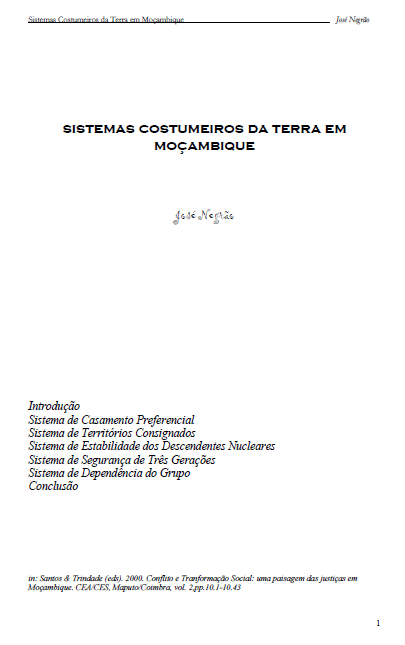No Land to Farm
...In the last four years, the Burmese army based in Mon State has confiscated thousands acres of farmland. The farmers whose land had been confiscated were not given any compensation. They have no opportunity to take legal actions against the army. As a result, many farmers who lost their lands left to Thailand to seek employment. Those who stayed in villages and towns became landless and jobless..." Land confiscation by the Burmese military - description, analysis and case studies.




